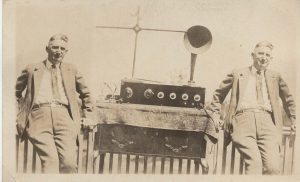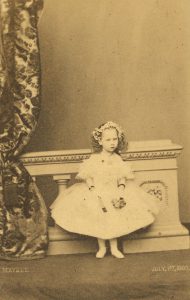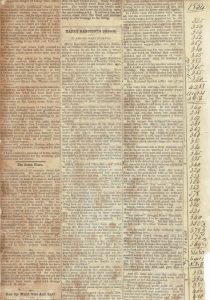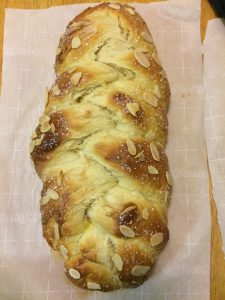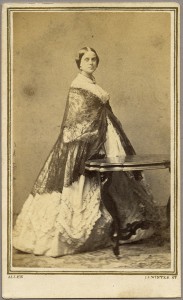
According to Merriam-Webster’s Encyclopedia of Literature, a tall tale is a “narrative that depicts the extravagantly exaggerated wild adventures of North American [sic] folk heroes.”[1] The more the tales are told, the larger they become. Characters and events were usually based on something real. Genealogy and tall tales can be intermingled. The tales are also important maturing rites of passage, marking the transition from being the listener to being the storyteller. Continue reading Tall tales
